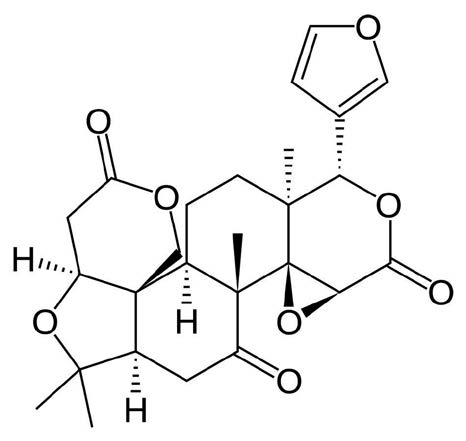Separating Limonin from Matrix Peaks
When Limonin determination is done with HPLC, the main drawback of some Methods is poor Reproducibility of the results. Using the Method in this AppNote, a simple Isocratic Method, helped to achieve acceptable Repeatability of the results.
The %RSD for Peak Areas was 1.64 for 10 consecutive injections. Peak 1 (present in the Chromatogram of filtered juice and spiked filtered juice) represents the Matrix of this challenging sample which is well resolved from the Limonin Peak, visible in the spiked juice sample. The Chromatogram below shows 10 overlaid injections.
Peaks:
1. Orange juice matrix
2. Limonin
Method Conditions
Column: Cogent Bidentate C18™, 4µm, 100Å
Catalog No.: 40018-75P
Dimensions: 4.6 x 75mm
Mobile Phase:
—40% A: DI Water / 0.1% Formic Acid
—60% B: Acetonitrile / 0.1% Formic Acid
Injection vol.: 1 µL
Flow rate: 0.5mL / minute
Detection: UV @ 220nm
Sample Preparation: 500ppm of Limonin Standard in 20:40:40 DI Water with 0.1% Formic Acid / Acetonitrile / Methanol was prepared. Orange Juice was filtered and injected as is (data not shown). Orange juice was spiked with 250ppm Limonin, filtered, and injected.
t0: 0.9 minutes
Note: Limonin is a bitter compound which may negatively affect juice quality. The compound is found in the seeds and membrane tissue of the fruit. It is very important for groves to determine the level of Limonin in juice so the correct recovery settings for the juice production can be set. The level of Limonin can change dramatically from season to season. It also depends on the fruit size. The analysis of Limonin is crucial in production of high quality non bitter fruit juices.
Attachment
No 280 Limonin Repeatability in HPLC Analyses pdf 0.2 Mb Download File




